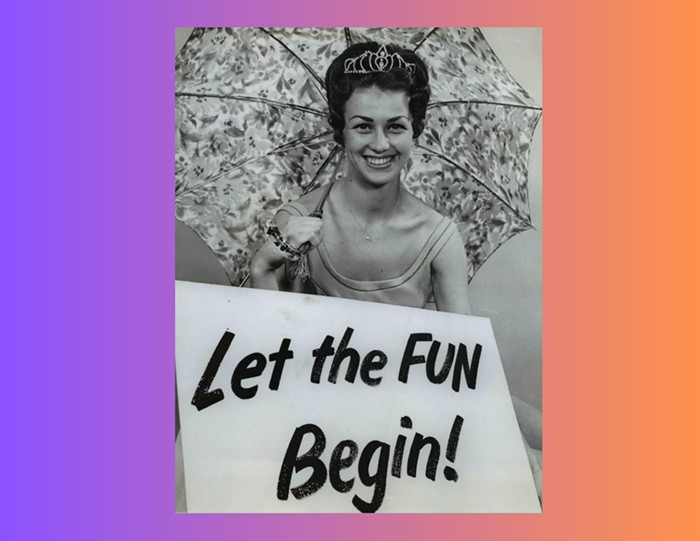If you've contemplated writing the definitive short story collection about life in this Northwestern town, you might want to cross-reference your Moleskine against Jon Raymond's new book, Livability. Local boy Raymond was widely praised for his first novel The Half-Life, but he's best known for the films based on two of his short stories: Old Joy, a careful, studied depiction of contemporary male friendship, and the just-released Wendy and Lucy, a wrenching little tale of a girl and her dog. Both stories can be found in Livability, a new collection of nine stories deeply rooted in the dreariness and fecundity of the Pacific Northwest.
Livability's cover art is a drawing of a blocky neighborhood, cars parked in white driveways (is that a Volvo?), and two tiny men exchanging words in the street:
"Hi Mike, how is it going?
"Oh, hi John. Things are alright I guess. The average level of imperfection."
The words "level of imperfection" ooze cutely out of their speech bubble. This cover suits its book's contents as well as any I've seen: The lives depicted in Raymond's nine stories are largely placid ones, in which regret sidles alongside happiness, and change occurs as a process, rather than an event.
In "Words and Things," a young freelance writer, David, meets a sculptor, Jen, when he interviews her for a magazine article about her work. After a familiarly hesitant flirtation ("Would it be really unprofessional if I asked to kiss you right now?"), the two begin dating—but the bloom, as they say, isn't long on the rose. "When Jen learned that his parents still paid his car insurance for him, a certain mystery slipped away." The problem between the two goes deeper than car insurance, of course: Jen's approach to her work (and to life) is driven by an urge to create "things that unquestionably existed in the world, real things that you could touch and care for and find comfort in. Not pictures of things or interpretations of things, or even clever commentaries on the vagaries of representation, as David relished, but things themselves.... Writing, Jen thought, seemed like a very sad pursuit." This fundamental incompatibility between, to paraphrase Wallace Stevens, ideas about the thing and the thing itself, ultimately finishes the relationship. The story leaves a certain rueful aftertaste; for if Jen rejects David for his infatuation with "black marks on paper, standing in for people and objects and events that could never be seen or felt," then it would seem she's rejecting the reader as well.
There's a wistfulness to most of these stories. A first-generation American of Chinese descent hires two Mexican day laborers to tend his yard, and ends up inviting them to an awkward dinner party. A man builds an elaborate tiki bar in his basement, while on the streets of Portland his childhood best friend succumbs to addiction. A teenaged girl persuades a reluctant classmate to let her give him a blowjob—and youth, vulnerability and vanity mingle in Raymond's line, "She was proud of her technique."
These stories stand on their own, but the book as a whole is a welcome addition to the literature of the region. And there's something satisfying about locating these stories within Portland, whether riding the bus from 135th and Stark to the Lloyd Center with a young Russian girl or imagining an overdose in Washington Park. Take this eulogy for what I can only assume is Ozone Records, from Old Joy: "The record store on Burnside had gone out of business and the last albums on the shelves were all by friends of ours."
It's conceivable that to a reader located elsewhere in the country—a state where the sun is more reliable, or where urban density precludes the physical and emotional space that surrounds Raymond's characters—these stories might seem... depressing. The book is firmly and explicitly located in Oregon, after all, and the sky here is gray most of the time. But Oregonians inured to a certain low-level melancholia will appreciate the collection—not because, as an early review in the San Francisco Chronicle put it, the book's characters lead "lives of quiet desperation," but because they're living lives that are, like most of ours, simply quiet. ALISON HALLETT















